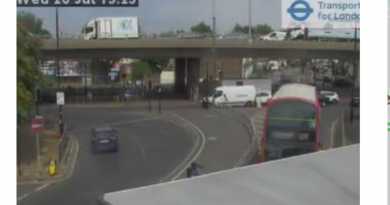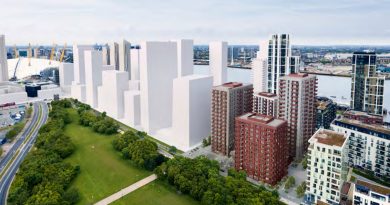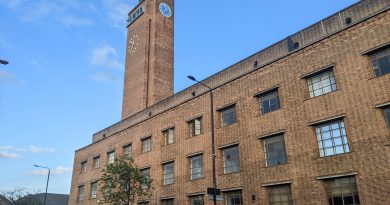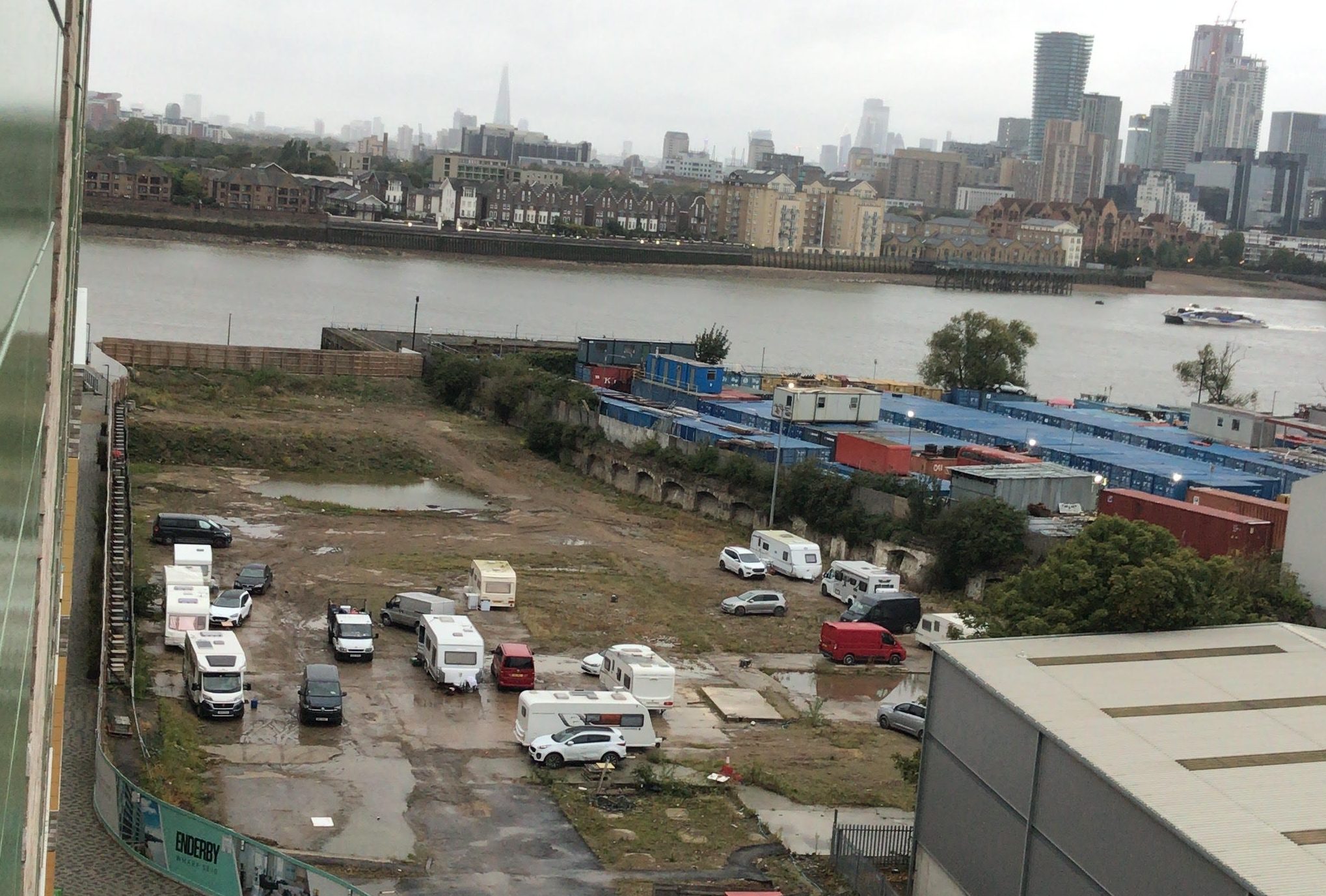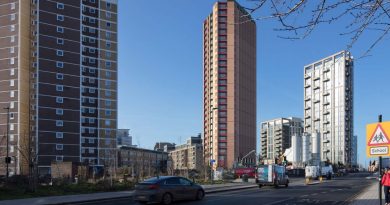Greenwich offer welcome update on raising funds from new developments
Greenwich Council have offered further details on how they plan to gain more income from various developments in the borough to benefit residents and services.
We now have some firm details emerging along with a timescale, as both a recent full council meeting and a regeneration meeting this week offered new insights.
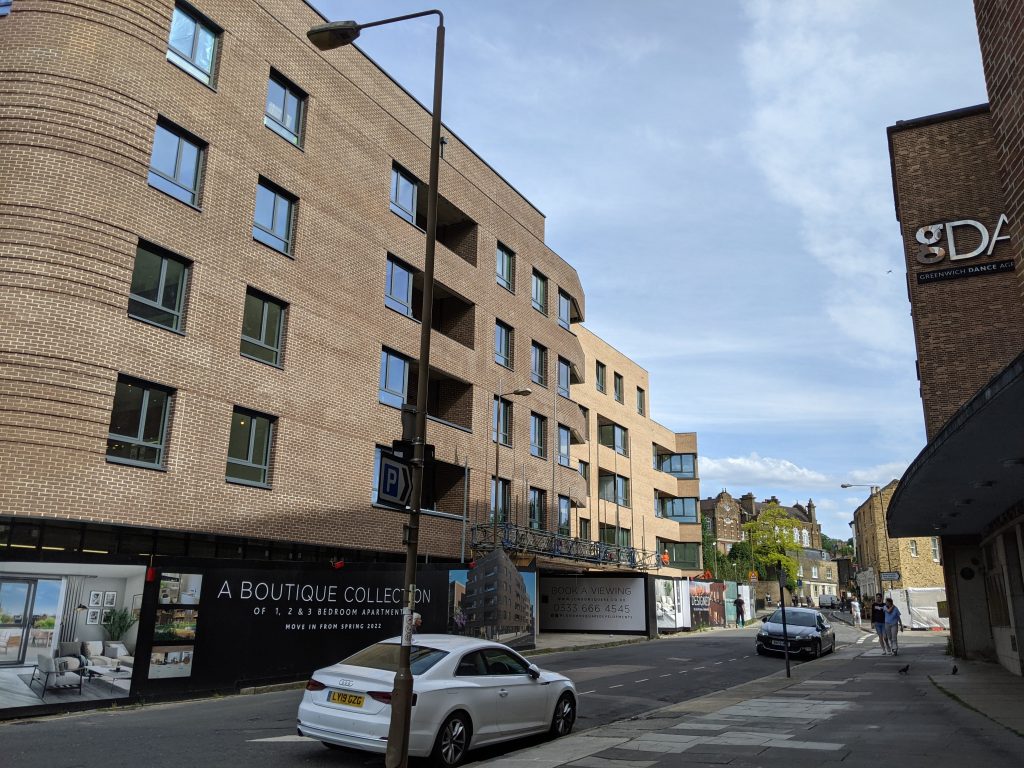
For those unaware, for many years Greenwich have propped up the bottom of a league table in London for gaining income from developers despite vast levels of building.
While boroughs like Brent collected £108 million in recent years, Greenwich was bottom among of Labour councils in London at £9.7 million between 2015 and 2020/21. Even Bexley were above at £13 million despite far, far less development. Blocks in the middle of Greenwich town centre have seen developers pay meagre rates given the location and sale prices of homes.
This is in part due to adopting a low levy rate for developers back in 2015 and then crucially failing to revise rates in 2018 despite a 2015 commitment to do so.

It’s a very slow process which make inaction in 2018 all the more galling. Not much can really be done to speed it up it’s finally moving as many boxes need ticking and legal requirements met.
New Cabinet Member for Regeneration Aidan Smith gave a welcome presentation earlier this week giving an update and highlighting both those various stages and a timescale.

Smith stated that a review begun in March 2022 (we were previously told in September 2021 by his predecessor that work was under way) as part of a five stage process.
BNP Paribas are currently undertaking a viability report. This looks at how much can be charged in various areas. Back in 2015 a previous viability report stated Greenwich could charge far higher in areas of high demand and land values such as Greenwich town centre than the low rate they eventually did. The report stated rates up to £265 psm were viable in some areas including the Mayoral element of £35 (it’s now down to £25 offering further scope to increase):

Greenwich instead pushed for a far lower rate of £70 per square metre in every area regardless of whether in a deprived part of the borough or a World Heritage Zone.
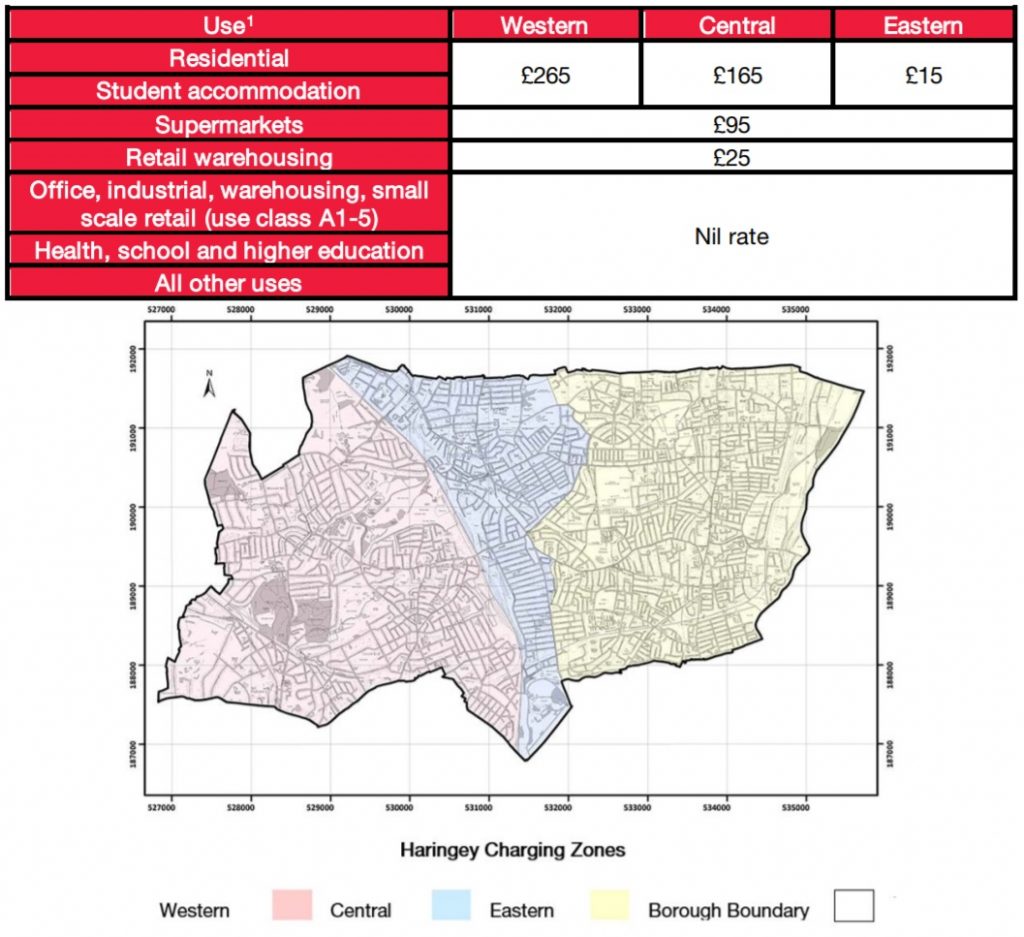
If Greenwich felt £265 psm was too high and the Viability Assessment unreliable, it was still a huge jump down to the £70 level they pushed for and ultimately saw adopted.
Following the viability process comes a draft Charging Schedule the council revealing intends to charge in future. Consultation is estimated for November 2022.
Then comes the examination stage in early 2023. An independent examiner looks at what is feasible in different areas and for different types of development, such as residential, hotels, student accommodation and the like as happened in 2015.
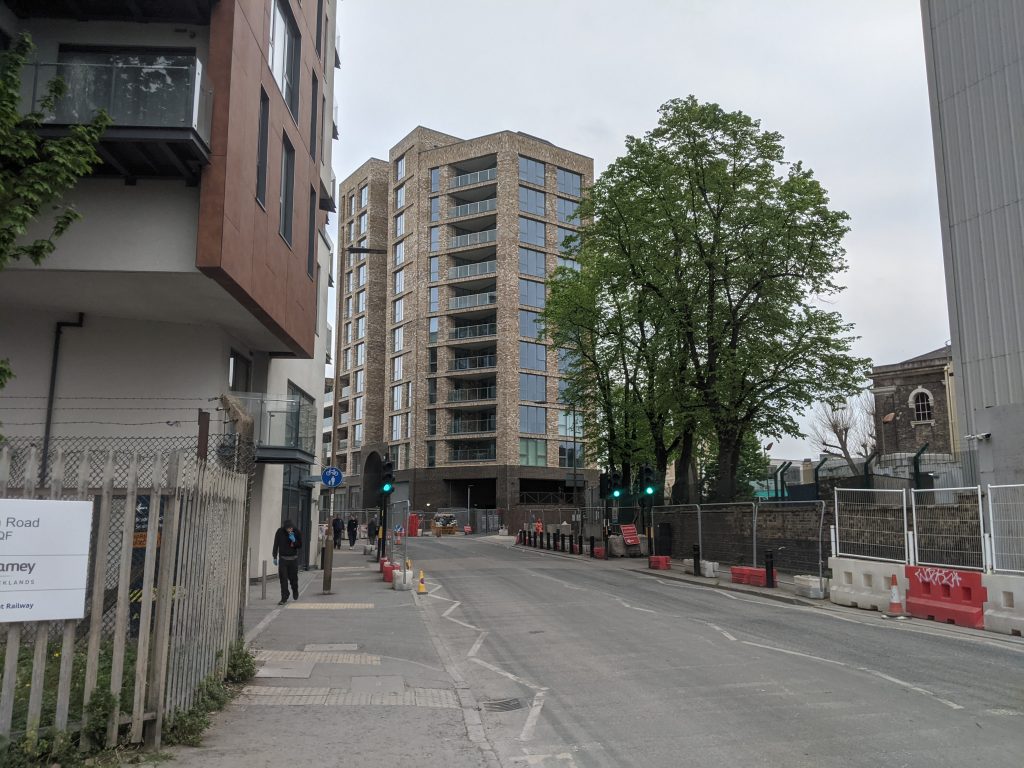
Back in 2015 the examiner requested areas in the east where Housing Zones are located be reduced to £40 per square metre, which was below the £70 borough-wide rate Greenwich chose.
What Greenwich could possibly have done, and certainly should have after 2018, was adjust rates up in wealthier parts to mitigate that reduction. It never happened which played a role in Greenwich failing to pay it’s Crossrail bill using CIL income by 2018-19 as they’d estimated (in 2015 they estimated around three times more income than what they’ve received) in turn leaving no funds for other services.
It takes around six months for the examination process to conclude. Once that completes a new CIL charging schedule can be introduced in autumn 2023 – eight years after the low CIL rate was first introduced.
This offers the prospect that some vast developments will likely pass beforehand with developers set to pay the low current rate such as at B&Q in Greenwich.
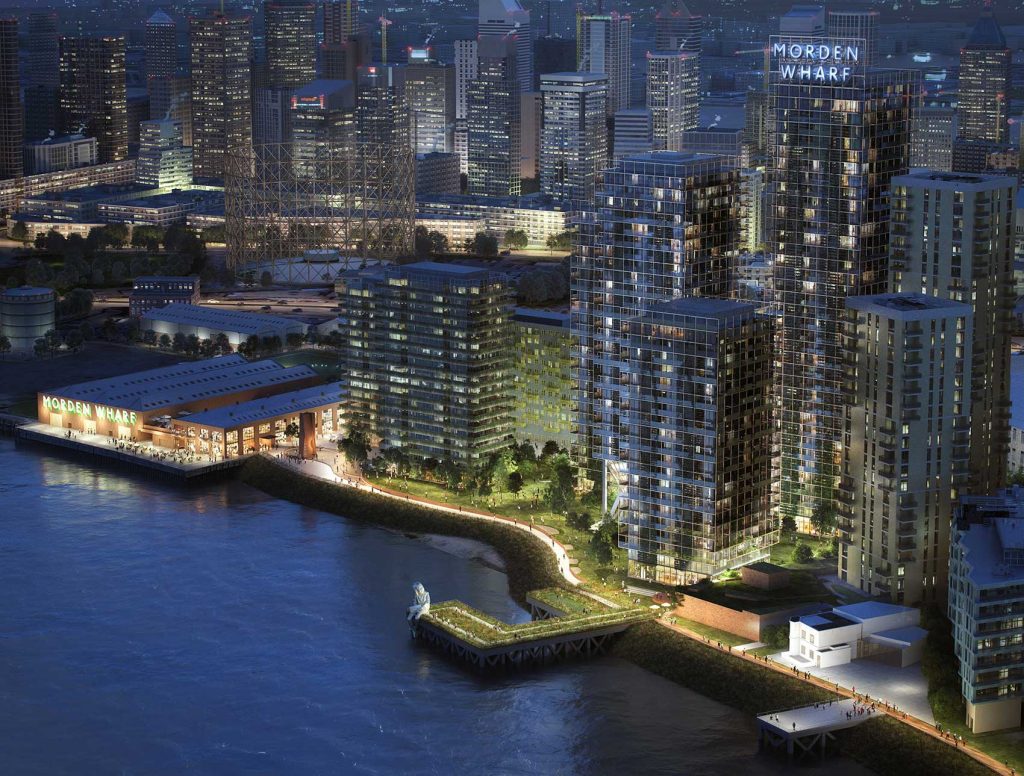
Cllr Aidan Smith revealed an ambition to raise the charge though stated they do not want to deter by charging too much. It is a balancing act whereby they go too high and it can risk delaying building especially with current economic problems, versus too low and the borough loses income.
Few will now look at rates since 2015 and feel Greenwich got it right. Even back then it was abundantly clear rates were far too low in areas where housebuilding demand is strong such as around the World Heritage Zone in Greenwich and prime land beside the Thames. The authority ignored what the 2015 Viability Assessment stated and its cost residents millions in lost income.
Aidan Smith stated they were not looking at a flat rate as before across all areas of the borough and would seek different rates in different areas as almost every other London boroughs have.
Ultimately it should never have taken so long and just why a key source of revenue during central government cuts escaped revision under a number of Cabinet members and former leaders for some years raises many questions about management and finances.
It must be noted how refreshing it is to see new Cabinet member Aidan Smith offering a clear and concise timeline.
Benefits abound
An increased rate will greatly benefit all corners of the borough. By law 15 per cent on Community Infrastructure Levy income must be spent locally which which in Greenwich has been branded the Greenwich Neighbourhood Growth Fund. Some boroughs have chosen 25 per cent for their equivalents.
Now of course, 15 per cent of Greenwich’s total collection has still enabled some excellent projects but it’s still a rather feeble amount compared to boroughs that have collected more than £100 million since 2015 versus Greenwich’s £9.7 million up to 2020/21.
There’s also then the 85 per cent strategic pot. What this is spent on varies widely across London but includes youth clubs, health services, transport, education, street tree planting, parks and much more.
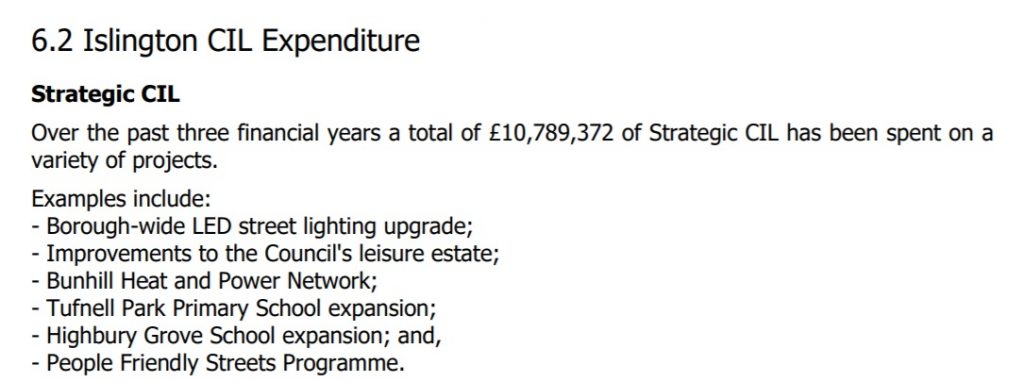
Even LED street lighting, which in Greenwich is happening by taking out a loan and repaying the interest. More cost that wouldn’t have happened with adequate CIL rates since 2015.

Think about the good work Greenwich are doing – such as spending £1 million on parks. This could be doubled or trebled with improved CIL collection.
Recently they announced work at parks such as Abbey Wood estate. Welcome though it is, it achieves a fraction of what is possible for the large park. Announced funding doesn’t cover some run down entrances.
Then there’s transport. We continually see Greenwich Council state even small-scale projects are impossible without TfL funding all the cost despite uncertainly surrounding their finances While other boroughs have instead moved to use more of their own funds derived from new developments, Greenwich havn’t. We see this on a monthly basis at Highways Committee meetings.
That ensured many London boroughs were allocating millions each year from Section 106 and CIL income to top up TfL’s annual Local Implementation Plan funding. Greenwich were not. Much like they trailed last for collecting total revenue from development in recent years they were last for contributing to TfL borough funding using said developer funds.
This was an issue I spent months trawling various council documents and funds and again highlighted just how poor Greenwich were. They were even behind Bromley when it came to using their own funds obtained from development which can aid active travel. A borough that reaches into Zone 2 lagged behind an outer London true blue council. Something has been amiss a long, long time.
While last year Greenwich spent £0 adding to TfL’s funds via S106 and CIL, Hammersmith and Fulham spent £4 million from S106 income and £5 million from CIL.

H&F also allocated £20m from parking income each year. Greenwich were £0. Such discrepancies are seen when looking all over London.
This lack of funds is directly related to the Highways Department each month stating “no can do” with even modest proposals for improvements, such as recently to assist disabled and mobility impaired pedestrians.
Mind you, this isn’t a complete excuse for the department alongside the planning department given Section 106 does still exist but rarely allocated towards improving areas (see last year for ignoring improved walking links to Plumstead station from new 1,750-home Thamesmead development a five minute walk away), and they often find money to burn on endless street clutter.
Still, it’s exciting to think what can be achieved with additional revenue even if it only takes Greenwich closer to mid-table in London for collection rates let alone to levels such as Brent, Tower Hamlets or Southwark near the top.
It’ll be transformative for many people, areas of the borough and various services.
Running a site alone takes time and a fair bit of money. Adverts are far from enough to cover it and my living costs as a private renter.
You can support me including via Paypal here Another option is via Patreon by clicking here You can also buy me a beer/coffee at Ko-fi here There's also a Facebook page for the site here Many thanks
